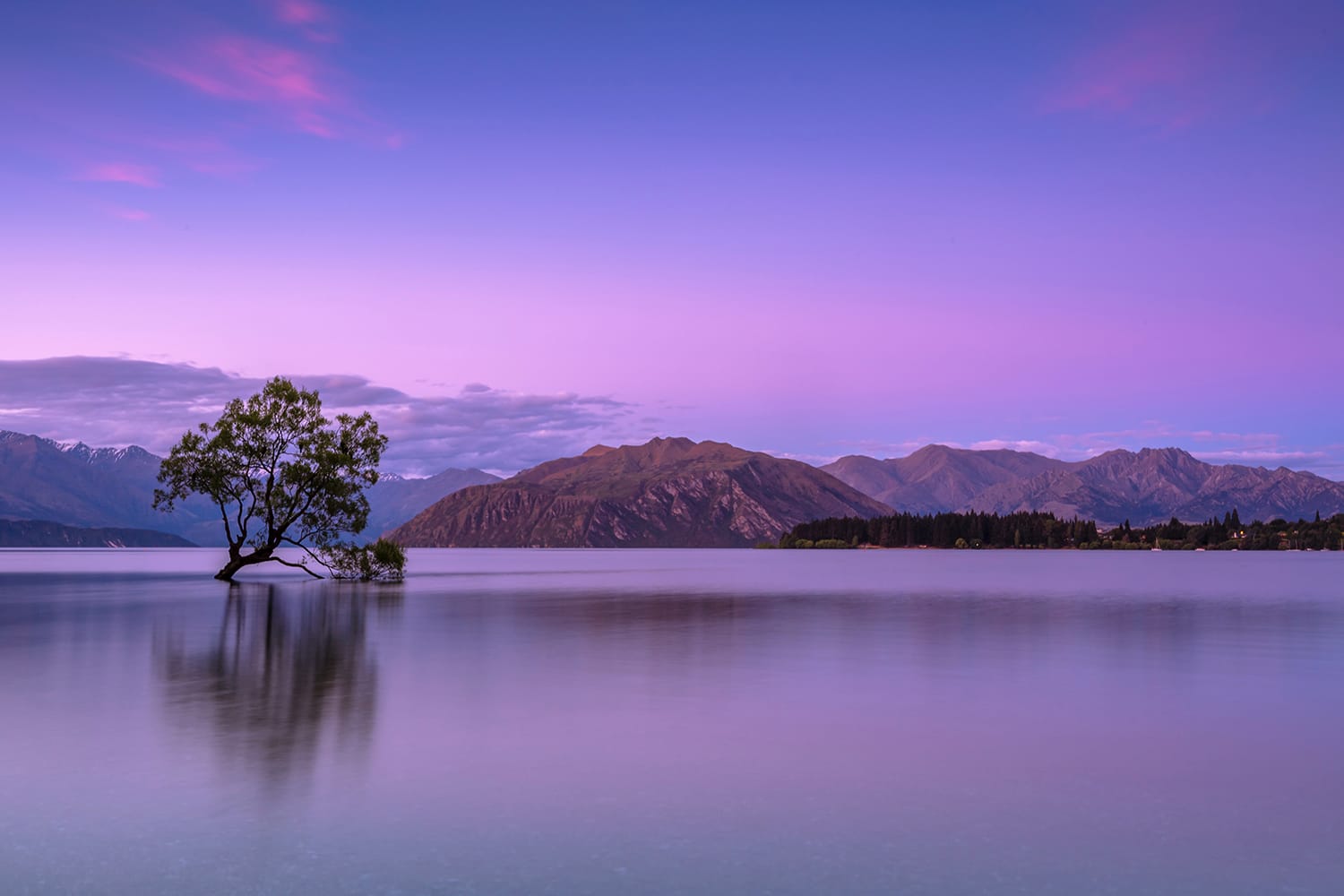How to Purposefully Choose the Horizon Placement in Your Composition
The horizon placement plays a significant role in your composition. It can affect a viewer’s perception of the image that can make or break your photo.
Capturing a scene goes deeper than just an interesting visual. It’s about telling a powerful story, and placing the horizon in exactly the right place can help create a powerful photo and express a more relevant story.
In this tutorial, we’ll discuss the helpful techniques to help you understand where and how to place the horizon while composing a photo.

Where Should I Put the Horizon Line?
As a general rule of thumb, avoid putting the horizon line at the very center of your photo. If you want to focus on the foreground, move it up, and if the sky appears interesting, move it down. It allows you to draw the viewers’ attention to the most interesting portion of the photo.
When to Go with High Horizon Line
If you want to give dominance to the foreground or lower part of the photo, consider placing the horizon line towards the top of the frame.
The most important thing to remember while placing the horizon towards the top is the distortion of vertical lines, especially at the edges of the frame. They might lean out or into the frame, which you can always correct in post-processing.

When to Go with Low Horizon Line
You can easily capture the beauty of a dramatic sky by placing the horizon line towards the bottom of your photo frame. Not only does it provide the upper portion of the required dominance, but it also keeps the viewers’ attention to the top.
You don’t want to do this if the sky is completely clear because it will create a flat two-dimensional effect with the empty blue sky.

When to Place the Horizon Line in Center
It might sound like a piece of cake, but actually, it is by far the most difficult horizon placement to manage, specifically in terms of composition.
It works well if you are capturing reflections or isolated mountains. Ideally, both the halves of the photo should have some relationship. You can achieve it by breaking the horizon line with subject matter such as a mountain peak or a tree.

When You Don’t Need the Horizon Line
That might sound a little sloppy, but it’s not! Sometimes considering omitting the horizon line entirely is worth it.
At times, the sky doesn’t add much character or value to the frame, and focusing on the landscape’s details seems more balanced and captivating.
How Can I Adjust the Horizon Line?
Moving your camera lower or higher allows you to move and adjust the horizon line according to the specific scene you’re shooting. Additionally, you can also capture the image without even considering the horizon and use the crop function during post-processing.
In some cases, you can also tilt the camera to adjust the horizon, and it works fine if the frame (such as coasts) doesn’t have many vertical objects. However, tilting the camera might result in some perspective issues if there are many vertical objects such as tall buildings or trees in the frame.

How to Utilize the Horizon Line for Better Results
Now that you know what the horizon line is and how you can adjust it according to the situation let’s go over how you can use this knowledge to compose some incredible photos.
1. Set Your Goal
Before capturing any photo, you need to know exactly what you want to achieve. Are you looking for something more chaotic or dramatic or something more peaceful and serene? It is one of the most important considerations while working with the horizon line because a small compositional change can create a huge difference in the resulting image.
It is imperative to set your goal about what kind of atmosphere and look you want to achieve before releasing the shutter.

2. Select the Right Focal Length
If you’ve been into photography for any length of time, I’m sure you already have worked with various lenses. No one lens is perfect, and they all have different degrees of distortion. The distortion caused by your lens can translate as a drastic effect on the horizon line.
For each shot, you have to select a specific focal length that will allow you to reduce or emphasize the significance of the horizon line in your frame. Bear in mind that a wide-angle lens not only distorts the horizontal lines but it also affects the vertical lines because of lens distortion. Whereas all the lines, especially the horizon, will be enhanced if you use a telephoto lens.
The level of the viewers’ attention that you want to draw to the horizon line decides which focal length will work the best.

3. Practice Different Perspectives
Without trying different perspectives, photographers cannot determine which one will work the best according to the situation. Trying different perspectives allows you to work with the best compositions that perfectly suit the scene. It also enables you to find a new place to position the horizon line to achieve the best results.

Conclusion
Keep in mind that not all the photos will have a horizon line. Sometimes (such as wildlife, macro photography), you have to ignore the horizon altogether to focus on the subject’s details.
I hope you found those tips useful. To learn even more about composition, make sure you get your copy of the Modern Approach to Composition guide!
